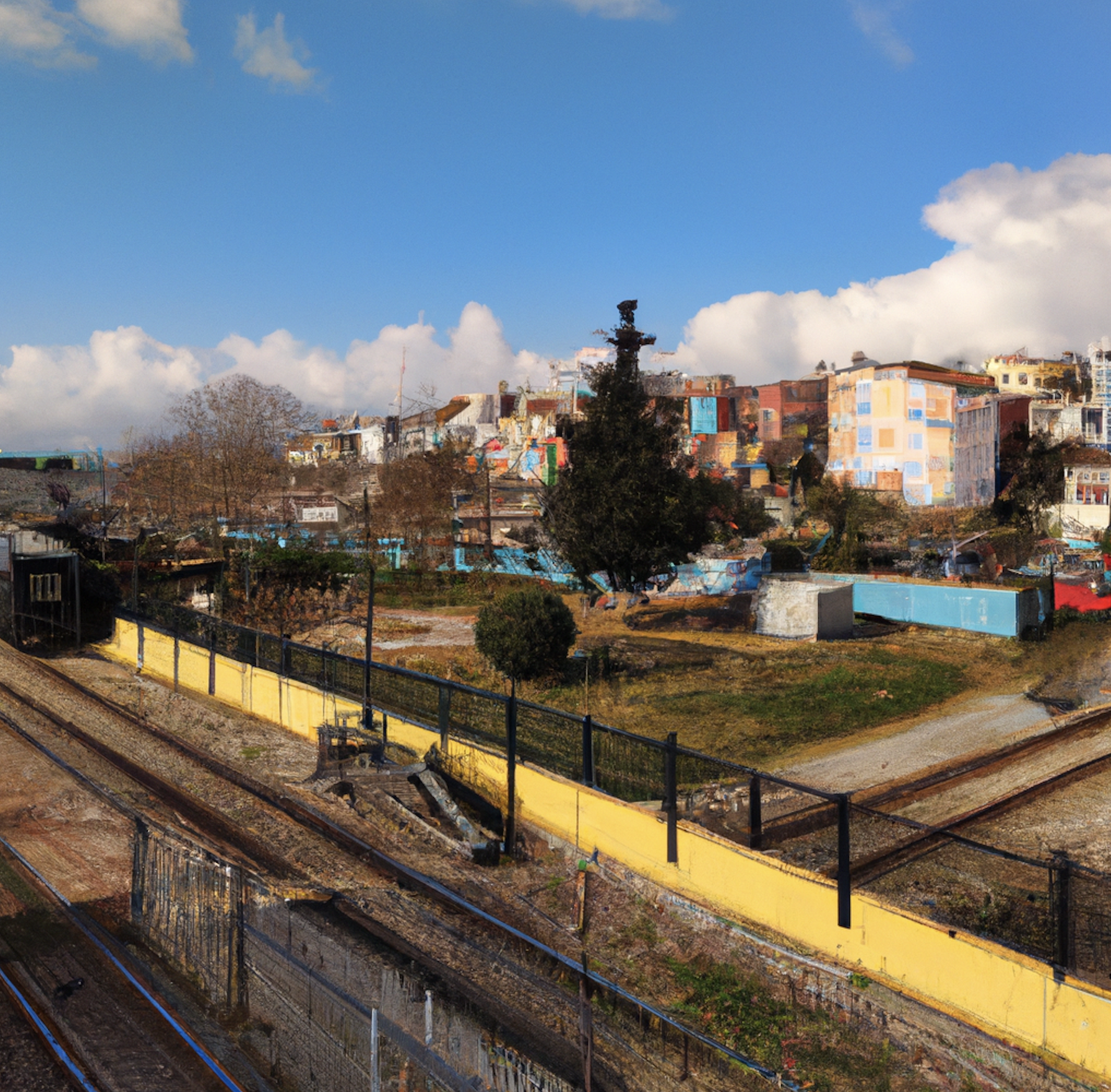The strange case of earthquake risk mitigation in Istanbul
As an aspiring global city, Istanbul is at the crossroads of capital, political struggle, and socioeconomic transformation. Unfortunately, Istanbul is also at the crossroads of major active fault lines. This paper analyzes earthquake risk mitigation planning for the megacity since the last big seismic catastrophe of the Marmara Earthquakes in 1999 that hit the region, including Istanbul. We use the concept of riskscape to explore the political and technocratic construction of seismic risk and how this implies different experiences of risk to investment portfolios, the state, and the ordinary people living in the city. Our empirical analyses focus on the ‘Istanbul Seismic Risk Mitigation and Emergency Preparedness Project’ (ISMEP), launched as a World Bank project in 2005 and still ongoing as of 2020. We argue that the ISMEP project epitomizes the ‘strange case’ of earthquake risk mitigation in Istanbul due to its organizational complexity, financial expansion over its lifetime, and progression as a megaproject sponsored by international development funding despite its contraction in institutional targets. Our findings suggest that this centralized and non-transparent earthquake risk mitigation approach in Istanbul creates a fragmented riskscape for the megacity. The earthquake risk continues to threaten millions of inhabitants’ lives and livelihoods while making room for speculative real estate development.





